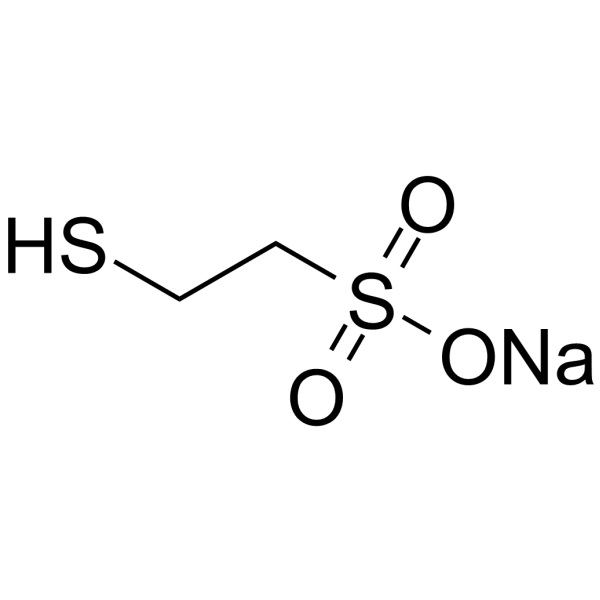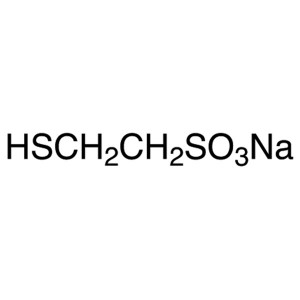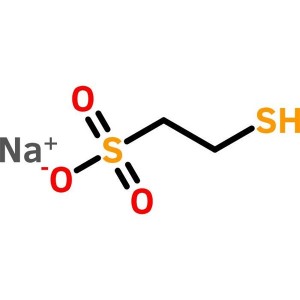Mesna CAS 19767-45-4 Purity 96.0~102.0% (Titration) High Quality
Shanghai Ruifu Chemical Co., Ltd. is the leading supplier of Mesna (CAS: 19767-45-4) with high quality, commercial production. Buy Mesna, please contact: alvin@ruifuchem.com
| Chemical Name | Mesna |
| Synonyms | Sodium 2-Mercaptoethanesulfonate; 2-Mercaptoethanesulfonic Acid Sodium Salt; Mesnum |
| CAS Number | 19767-45-4 |
| Stock Status | In Stock, Production Scale Up to Tons |
| Molecular Formula | HSCH2CH2SO3Na |
| Molecular Weight | 164.18 |
| Melting Point | >240℃ |
| Solubility in Water | Soluble in Water |
| Stability | Stable. Incompatible with Strong Oxidizing Agents |
| COA & MSDS | Available |
| Sample | Available |
| Origin | Shanghai, China |
| Brand | Ruifu Chemical |
| Item | Specifications |
| Appearance | White Crystalline Powder |
| Mesna Purity | 96.0~102.0% (Titration) |
| Limit of Chloride (Cl) | <250ppm |
| Limit of Sulfate (SO4) | <300ppm |
| Heavy Metals | <10ppm |
| 2-(Carbamimidoylsulfanyl)ethanesulfonic Acid | <0.30% |
| 2-[[(Guanidino)(imino)methyl]sulfanyl]ethanesulfonic Acid | <0.30% |
| 2-(4,6-Diamino-1,3,5-triazin-2-yl)sulfanylethanesulfonic Acid | <0.30% |
| Mesna Related Compound A | <0.20% |
| Mesna Related Compound B | <3.00% |
| Individual Unspecified Impurities | <0.10% |
| Total Unspecified Impurities | <0.30% |
| Loss on Drying | <1.00% |
| Residue on Ignition | <0.10% |
| pH | 4.5~6.0 (5% in DI H2O) |
| Infrared Spectrum | Conforms to Structure |
| NMR | Conforms to Structure |
| Test Standard | Enterprise Standard |
Package: Bottle, Aluminium foil bag, 25kg/Cardboard Drum, or according to customer's requirement.
Storage Condition: Keep the container tightly closed and store in a cool, dry and well-ventilated warehouse away from incompatible substances. Protect from light and moisture. Keep away from fire and heat source.
Shipping: Deliver to worldwide by air, by sea, by FedEx / DHL Express. Provide fast and reliable delivery.
Mesna
C2H5NaO3S2 164.18
Ethanesulfonic acid, 2-mercapto-, monosodium salt;
Sodium 2-mercaptoethanesulfonate;
Sodium 2-sulphanylethanesulfonate [19767-45-4].
DEFINITION
Mesna contains NLT 96.0% and NMT 102.0% of C2H5NaO3S2, calculated on the dried basis.
IDENTIFICATION
• A. Infrared Absorption <197K>
• B. Identification Tests-General, Sodium <191>: A solution meets the requirements of the flame test.
ASSAY
• Procedure
Sample solution: 120 mg of Mesna in 10 mL of water
Analysis: To the Sample solution add 10 mL of 1 M sulfuric acid and 10 mL of 0.1 N iodine VS. Titrate with 0.1 N sodium thiosulfate VS, adding 1 mL of starch TS near the endpoint. Perform a blank determination, and make any necessary correction (see Titrimetry <541>). Each mL of sodium thiosulfate is equivalent to 16.42 mg of C2H5NaO3S2.
Acceptance criteria: 96.0%-102.0% on the dried basis
IMPURITIES
Inorganic Impurities
• Limit of Chloride
Chloride standard solution: 8.24 µg/mL of sodium chloride in water
Sample solution: 200 mg/mL of Mesna in carbon dioxide-free water
Analysis: To 1 mL of the Sample solution and 15 mL of water add 1 mL of 2 M nitric acid. Add the resulting solution to 1 mL of a silver nitrate solution (17 g in 1000 mL), and allow to stand for 5 min, protected from light. To 10 mL of the Chloride standard solution add 5 mL of water and 1 mL of 2 M nitric acid. To this solution add 1 mL of silver nitrate solution (17 g in 1000 mL) and allow to stand for 5 min, protected from light. When viewed against a dark background, the Sample solution is not more turbid than the Chloride standard solution.
Acceptance criteria: NMT 250 ppm
• Limit of Sulfate
Sulfate standard solution: 1.81 mg/mL of potassium sulfate in alcohol. Immediately before use, dilute with alcohol to 100 times its volume, and mix.
Sample solution: Add 5.0 mL of the Sample solution prepared as directed in the test for Limit of Chloride to a 30-mL volumetric flask, and dilute with water to volume.
Analysis: Add 3 mL of a 250-g/L solution of barium chloride to 4.5 mL of Sulfate standard solution. Shake and allow to stand for 1 min. To 2.5 mL of this solution add 15 mL of the Sample solution and 0.5 mL of acetic acid. Use 15 mL of this mixture for comparison with 15 mL of the Sulfate standard solution, prepared in the same manner, but using the Sulfate standard solution instead of the Sample solution. After 5 min, any opalescence in the Sample solution is not more intense than that in the Sulfate standard solution.
Acceptance criteria: NMT 300 ppm
• Heavy Metals, Method I <231>: 10 ppm
Organic Impurities
• Procedure
Mobile phase: In a 1000-mL volumetric flask dissolve 2.94 g of potassium dihydrogen phosphate, 2.94 g of dipotassium hydrogen phosphate, and 2.6 g of tetrabutylammonium hydrogen sulfate in about 600 mL of water. Adjust to a pH of 2.3 with phosphoric acid, add 335 mL of methanol, and dilute with water to volume.
System suitability solution: 0.18 mg/mL and 0.004 mg/mL of USP Mesna RS and USP Mesna Related Compound A RS, respectively, in Mobile phase
Standard solution 1: 8 µg/mL and 120 µg/mL of USP Mesna Related Compound A RS and USP Mesna Related Compound B RS, respectively, in Mobile phase
Standard solution 2: 12 µg/mL of USP Mesna RS in Mobile phase
Sample solution: 4 mg/mL of Mesna in Mobile phase
Chromatographic system
(See Chromatography <621>, System Suitability.)
Mode: LC
Detector: UV 235 nm
Column: 4.6-mm × 25-cm; 10-µm packing L1
Flow rate: 1 mL/min
Run time: Four times the elution time for mesna
Injection size: 20 µL
System suitability
Sample: System suitability solution
[Note-The relative retention times for mesna and mesna related compound A are about 1.0 and 1.4, respectively.]
Suitability requirements
Resolution: NLT 3.0 between mesna and mesna related compound A
Analysis
Samples: Standard solution 1, Standard solution 2, and Sample solution
[Note-Identify the peaks using the relative retention times provided in Impurity Table 1.]
Calculate the percentage of mesna related compound A in the portion of Mesna taken:
Result = (rU/rS) × (CS/CU) × 100
rU = peak response of mesna related compound A from the Sample solution
rS = peak response of mesna related compound A from Standard solution 1
CS = concentration of USP Mesna Related Compound A RS in Standard solution 1 (mg/mL)
CU = nominal concentration of Mesna in the Sample solution (mg/mL)
Calculate the percentage of mesna related compound B in the portion of Mesna taken:
Result = (rU/rS) × (CS/CU) × 100
rU = peak response of mesna related compound B from the Sample solution
rS = peak response of mesna related compound B from Standard solution 1
CS = concentration of USP Mesna Related Compound B RS in Standard solution 1 (mg/mL)
CU = nominal concentration of Mesna in the Sample solution (mg/mL)
Calculate the percentage of any specified impurities (2-(carbamimidoylsulphanyl)ethanesulfonic acid;2-[[(guanidino)(imino)methyl]sulphanyl]ethanesulfonic acid; 2-(4,6-diamino-1,3,5-triazin-2-yl)sulphanylethanesulfonic acid) and any unspecified impurities in the portion of Mesna taken:
Result = (rU/rS) × (CS/CU) × F × 100
rU = peak response of any specified or unspecified individual impurity from the Sample solution
rS = peak response of mesna from Standard solution 2
CS = concentration of USP Mesna RS in Standard solution 2 (mg/mL)
CU = nominal concentration of Mesna in the Sample solution (mg/mL)
F = relative response factors (see Impurity Table 1)
Acceptance criteria
Individual impurities: See Impurity Table 1.
Impurity Table 1
Name Relative Retention Time Relative Response Factor Acceptance Criteria, NMT (%)
2-(Carbamimidoylsulfanyl)ethanesulfonic acid 0.6 100 0.3
2-[[(Guanidino)(imino)methyl]sulfanyl]ethanesulfonic acid 0.6 100 0.3
2-(4,6-Diamino-1,3,5-triazin-2-yl)sulfanylethanesulfonic acid 0.8 100 0.3
Mesna 1.0 - -
Mesna related compound Aa 1.4 - 0.2
Mesna related compound Bb 2.3 - 3.0
Individual unspecified impurities - - 0.1
Total unspecified impurities - - 0.3
a 2-(Acetysulfanyl)ethanesulfonic acid.
b 2,2-(Disulfanediyl)bis(ethanesulfonic acid).
SPECIFIC TESTS
• Loss on Drying: Dry 1 g in a vacuum at a pressure not exceeding 1 mm of mercury at 60 over phosphorus pentoxide for 2 h: it loses NMT 1.0% of its weight.
• pH <791>: 4.5-6.0
ADDITIONAL REQUIREMENTS
• Packaging and Storage: Preserve in a tight container, and store at room temperature.
• USP Reference Standards <11>
USP Mesna RS Click to View Structure
USP Mesna Related Compound A RS
2-(Acetysulfanyl)ethanesulfonic acid.
C4H8O4S2 184.23
USP Mesna Related Compound B RS
2,2-(Disulfanediyl)bis(ethanesulfonic acid).
C4H10O6S4 282.38

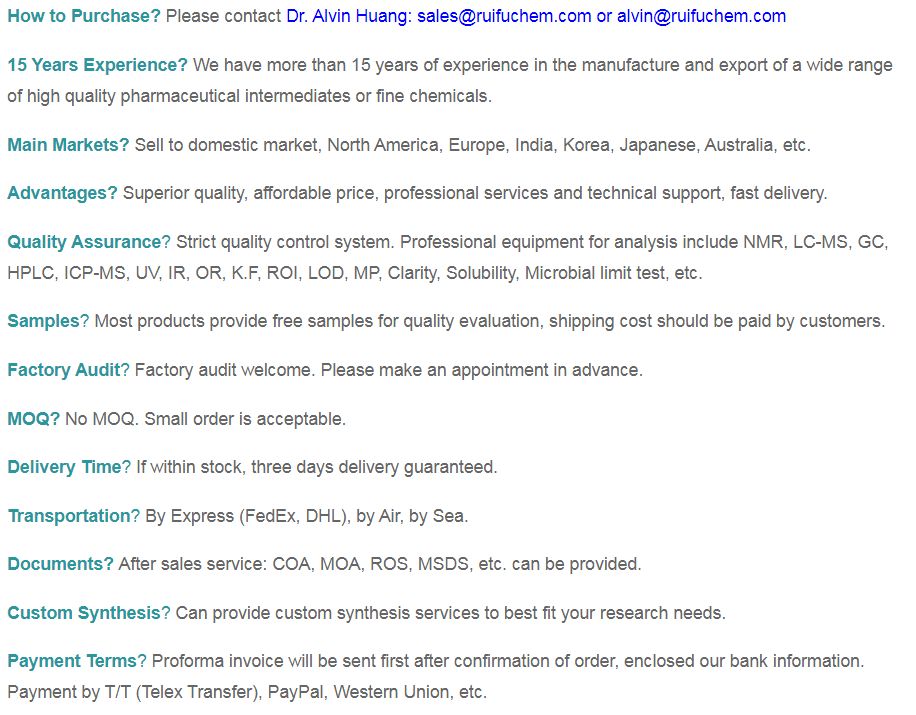
Hazard Symbols Xi - Irritant
Risk Codes
36/37/38 - Irritating to eyes, respiratory system and skin.
Safety Description
S26 - In case of contact with eyes, rinse immediately with plenty of water and seek medical advice.
S36 - Wear suitable protective clothing.
WGK Germany 2
RTECS KI7968000
HS Code 2930909099
Mesna (CAS: 19767-45-4) is used as an antioxidant and cytoprotective agent in a wide variety of applications from protection from toxicity of therapeutic agents, such as cyclophosphamide to prevention from brain injury damage. Chemotherapy adjuvant; potential antioxidant. Mesna, is a synthetic small molecule, widely used as a systemic protective agent against chemotherapy toxicity, but is primarily used to reduce hemorrhagic cystitis induced by cyclophosphamide. Mesna is an organosulfur that exhibits mucolytic, immunomodulatory, antioxidative, and cytoprotective activities; it is commonly co-administered with chemotherapeutics and during surgeries to decrease potential cytotoxicity.
-
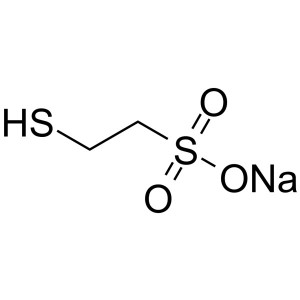
Mesna CAS 19767-45-4 Purity 96.0~102.0% (Titrat...
-
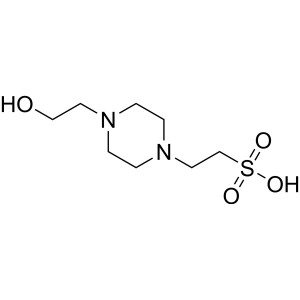
HEPES CAS 7365-45-9 Purity >99.5% (Titration) B...
-
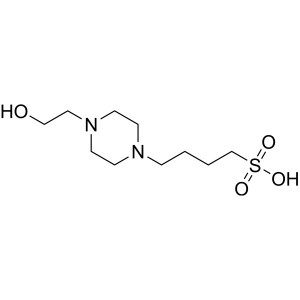
HEPBS CAS 161308-36-7 Purity >99.0% (Titration)...
-
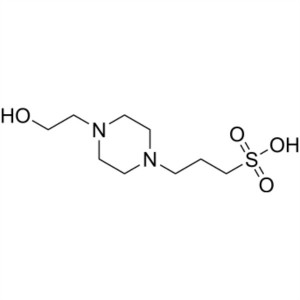
HEPPS CAS 16052-06-5 Purity >99.5% (Titration) ...
-
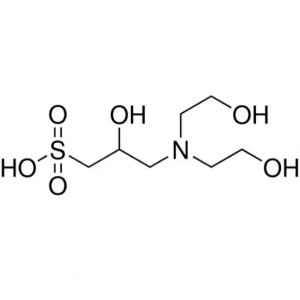
DIPSO CAS 68399-80-4 Purity >99.0% (Titration) ...
-
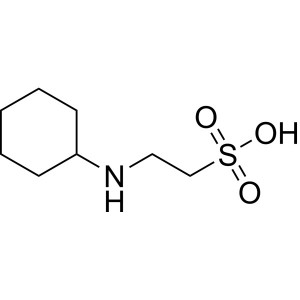
CHES CAS 103-47-9 Purity >99.5% (Titration) Bio...
-
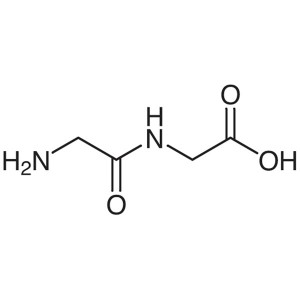
Glycylglycine CAS 556-50-3 (H-Gly-Gly-OH) Assay...
-
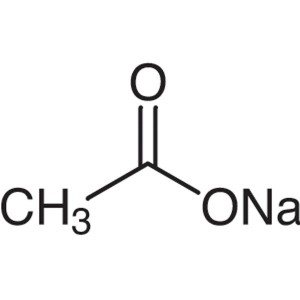
Sodium Acetate CAS 127-09-3 Purity >99.5% (Titr...
-
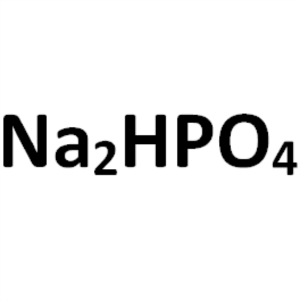
Sodium Phosphate Dibasic CAS 7558-79-4 Purity >...
-
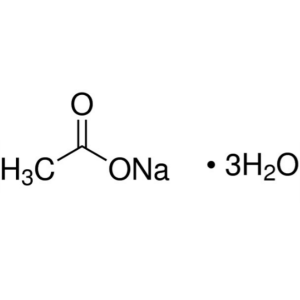
Sodium Acetate Trihydrate CAS 6131-90-4 Purity ...
-
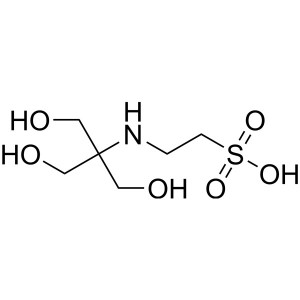
TES CAS 7365-44-8 Purity >99.5% (Titration) Bio...
-
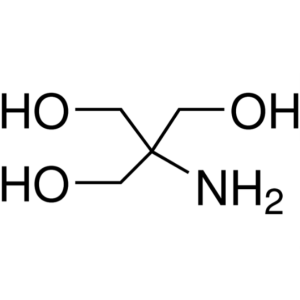
Tris Base CAS 77-86-1 Purity ≥99.50% (Titration...
-
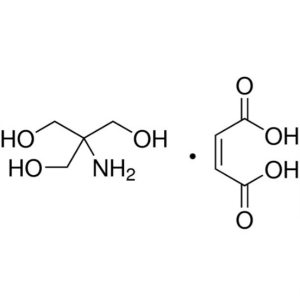
Trizma Maleate CAS 72200-76-1 Purity >99.0% (Ti...
-
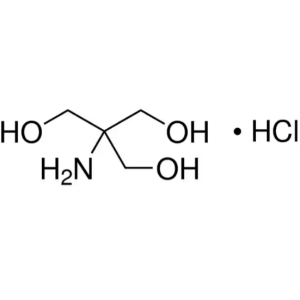
Tris-HCl CAS 1185-53-1 Purity 99.50%~101.0% (Ti...
-
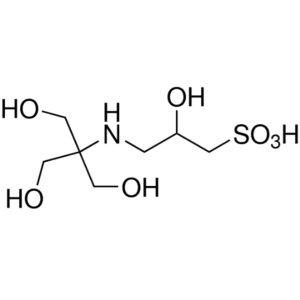
TAPSO CAS 68399-81-5 Purity >99.0% (T) Biologic...
-
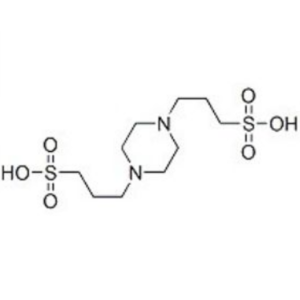
PIPPS CAS 5625-56-9 Purity >97.0% (Titration) B...

